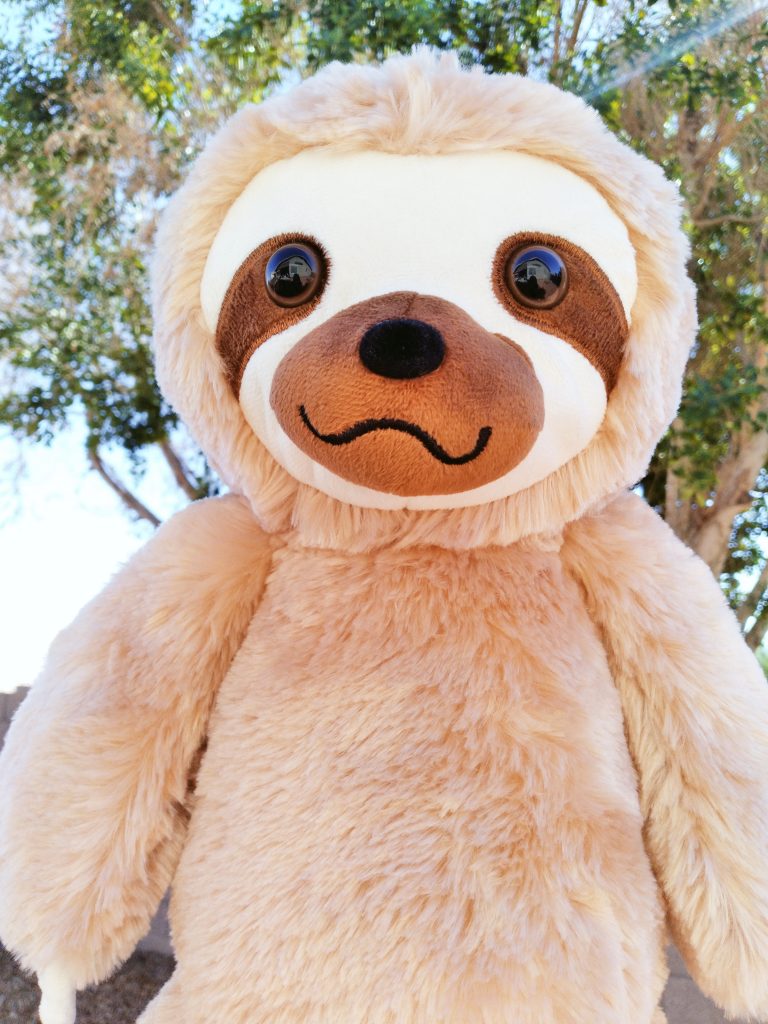Stuffed Animals Across Continents
Introduction:
Stuffed animals have transcended their role as mere toys. So, Stuffed Animals become symbols of comfort, tradition, and cultural identity across the continents and globe. From the bustling streets of Tokyo to the vast plains of Africa, these cuddly companions hold profound significance in various societies. In this article, we embark on a journey to explore the cultural importance of stuffed animals in different countries. Moreover, spanning continents and uncovering the diverse ways they are cherished and celebrated.
Asia:
Japan’s Nuigurumi Tradition Our exploration begins in Japan, where stuffed animals, known as “nuigurumi.” Also, they occupy a unique place in the cultural landscape. Rooted in the concept of “kawaii” (cuteness), Japanese culture embraces these plush companions as symbols of innocence, gentleness, and emotional support. Iconic characters like Hello Kitty and Rilakkuma embody the essence of kawaii, captivating hearts worldwide. Moreover, Japan’s fascination with stuffed animals extends beyond aesthetics to include concepts like “kimo-kawaii,” celebrating the charmingly grotesque. Stuffed animals play a vital role in expressing these cultural ideals, permeating all aspects of Japanese society.
Africa:
South Africa’s Ubantu Stuffed Animals In South Africa, stuffed animals hold cultural significance deeply rooted in the concept of “ubuntu,” meaning humanity and interconnectedness. Additionally, traditional African stuffed animals, often handmade using local materials, reflect the rich biodiversity and wildlife of the region. The iconic Big Five animals—lion, elephant, buffalo, rhinoceros, and leopard—are celebrated as symbols of strength, resilience, and communal harmony. Stuffed animals featuring these majestic creatures serve as educational tools, promoting environmental conservation and preserving indigenous knowledge. Moreover, the tradition of storytelling through stuffed animals reinforces the oral heritage of African communities. They pass down wisdom from generation to generation.
Europe:
Germany’s Steiff Legacy In Europe, particularly in Germany, stuffed animals have a long-standing tradition rooted in craftsmanship and storytelling. Established in 1880, the Steiff company revolutionized the toy industry with its iconic teddy bears, inspired by President Theodore Roosevelt’s hunting expedition. These cuddly companions became instant classics, embodying qualities of courage, companionship, and adventure. Steiff’s commitment to quality and innovation elevated stuffed animals to the status of cherished heirlooms, passed down through generations. Moreover, European folklore and fairy tales abound with anthropomorphic animals, further cementing the cultural significance of stuffed animals in the region.
North America:
United States’ Disney Magic In the United States. Stuffed animals are deeply intertwined with popular culture and entertainment. Thanks in part to iconic brands like Disney. Characters like Mickey Mouse, Winnie the Pooh, and Simba from The Lion King are examples. They have captured the hearts of children and adults alike. Furthermore, they transcend cultural boundaries and becoming beloved symbols of imagination and wonder. Moreover, the advent of interactive plush toys has revolutionized the toy industry. They offer children personalized experiences and fostering creativity and innovation.
South America:
Peru’s Andean Alpaca Treasures In South America, particularly in Peru, stuffed animals hold cultural significance. So, they take root in indigenous traditions and craftsmanship. Handmade alpaca wool toys, crafted by skilled artisans in the Andean highlands. These reflect the region’s rich cultural heritage and connection to nature. Many adorable creatures, including llamas, alpacas, and condors, are not only beloved playthings but also symbols of prosperity, protection, and spiritual connection. Moreover, the tradition of handcrafting stuffed animals serves as a source of economic empowerment. Consequently, the indigenous communities find preserving traditional skills and supporting sustainable livelihoods.
Conclusion:
As we conclude our journey through the cultural significance of stuffed animals across continents, we recognize the universal appeal and timeless charm of these cuddly companions. From Japan’s kawaii culture to South Africa’s ubuntu philosophy, from Germany’s Steiff legacy to Peru’s Andean alpaca treasures, stuffed animals serve as cultural ambassadors, storytellers, and sources of joy worldwide. As we celebrate the diversity of human expression, let us cherish the universal language of love embodied by these timeless treasures.


